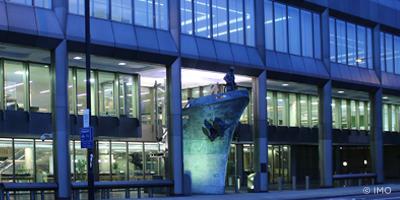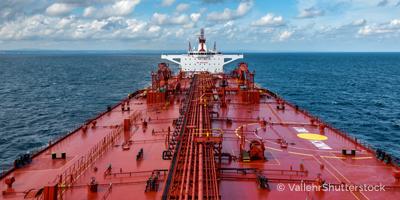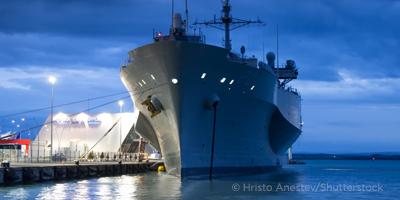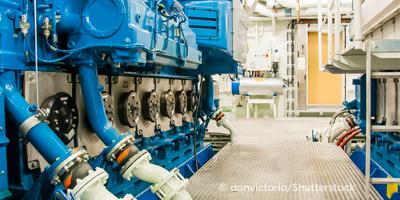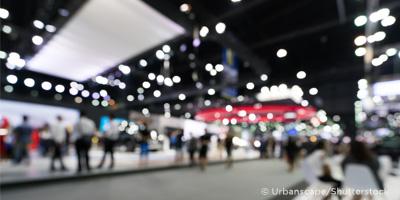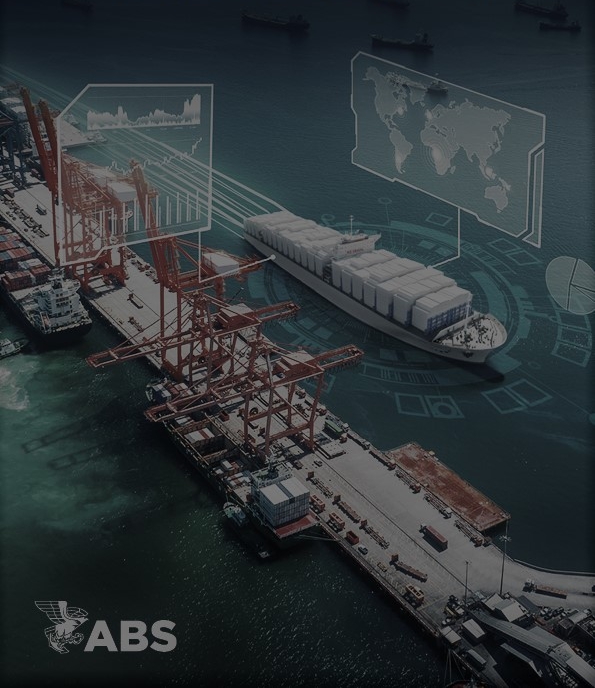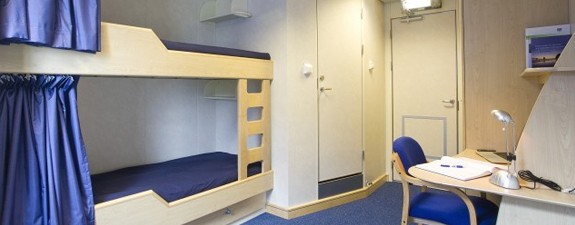The Importance of Crew Habitability Design
Crew habitability has several key components which include the acceptability of the conditions of a vessel in terms of ambient environmental qualities (noise, whole-body vibration, indoor climate and lighting) and the physical, spatial and outfitting characteristics of the accommodations provided to the crew. ABS recognizes the positive impact that suitable habitability criteria and design practices may have on the safety, productivity, morale, comfort and overall well-being of personnel.
Looking at habitability from a human factors perspective, designing for appropriate levels of ambient environmental factors are crucial to work task performance, whether that task is communicating on the bridge, viewing displays in a control room or resting and trying to sleep in a cabin. ABS has created several Guides for Crew Habitability on mobile offshore drilling units (MODUs), ships, workboats and offshore installations which have been developed with the objective of improving the quality of personnel performance and comfort by improving working and living environments in terms of accommodation area design and ambient environmental qualities.
These habitability criteria have been chosen to provide a means to help reduce personnel fatigue, improve performance and safety and to assist with personnel recruiting and retention. The crew accommodation areas that ABS has addressed in the Guidance Notes are: access/egress, crew cabins, sanitary spaces, offices, food service areas, recreational facilities and laundry and medical areas. Specifically, the ABS Guides provide criteria, limits and measurement methodologies for whole-body vibration, noise, indoor climate and lighting.
The intent of good habitability design is to apply appropriate criteria or limits that will improve the overall shipboard or structure conditions for the crew, given design constraints and budget. Additionally, it is crucial that all habitability design characteristics be considered concurrently and early in the design to help meet potential resource constraints.




